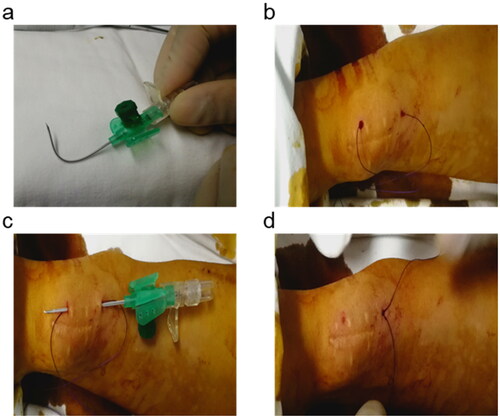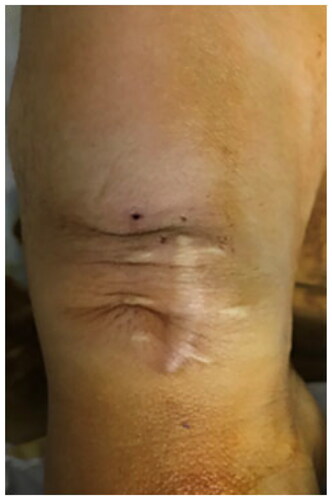Figures & data
Table 1. Clinical characteristics of patients with high-flow access.
Table 2. Cardiac function evaluation of patients who underwent NILLINR procedures according to NYHA classification of heart failure.
Figure 3. The changes in volume flow of the brachial artery before (a) and after (b) NILLINR operation. BA: brachial artery.

Figure 4. The changes in volume flow of the brachial artery before and after ultrasound-guided NILLINER procedure. (a) 1 banding procedure; (b) 2 banding procedure. PreOp, pre-operation; PostOp: post-operation; Op + 6 months: 6 months after operation; Op + 1 year: 1 year after the operation.

Table 3. Preoperative and postoperative brachial artery flow* of patients.
Supplemental Material
Download Zip (23.8 MB)Data availability statement
The data underlying this article will be shared on reasonable request with the corresponding authors.



